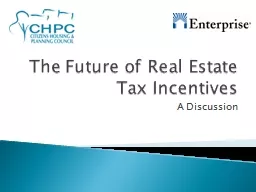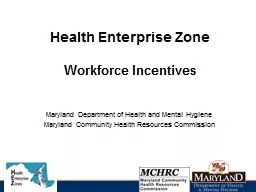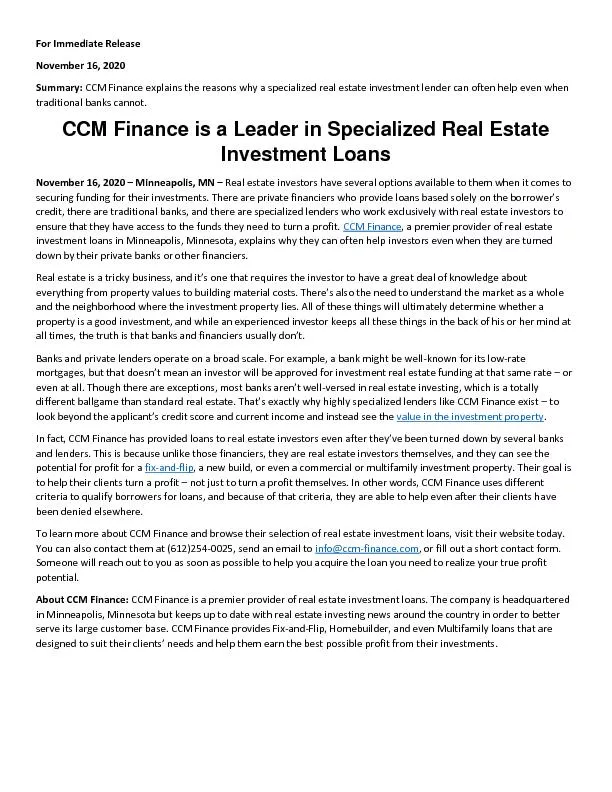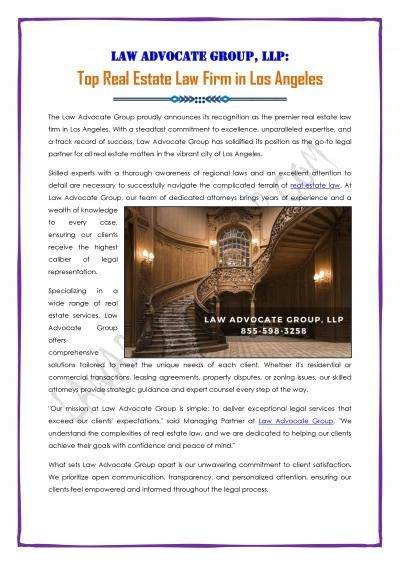PPT-The Future of Real Estate Tax Incentives
Author : tawny-fly | Published Date : 2016-05-11
A Discussion Tax Incentive Programs Original Intent Encourage needed upgrades for existing housing Reduce operating costs for highly subsidized projects Stimulate
Presentation Embed Code
Download Presentation
Download Presentation The PPT/PDF document "The Future of Real Estate Tax Incentives" is the property of its rightful owner. Permission is granted to download and print the materials on this website for personal, non-commercial use only, and to display it on your personal computer provided you do not modify the materials and that you retain all copyright notices contained in the materials. By downloading content from our website, you accept the terms of this agreement.
The Future of Real Estate Tax Incentives: Transcript
Download Rules Of Document
"The Future of Real Estate Tax Incentives"The content belongs to its owner. You may download and print it for personal use, without modification, and keep all copyright notices. By downloading, you agree to these terms.
Related Documents














